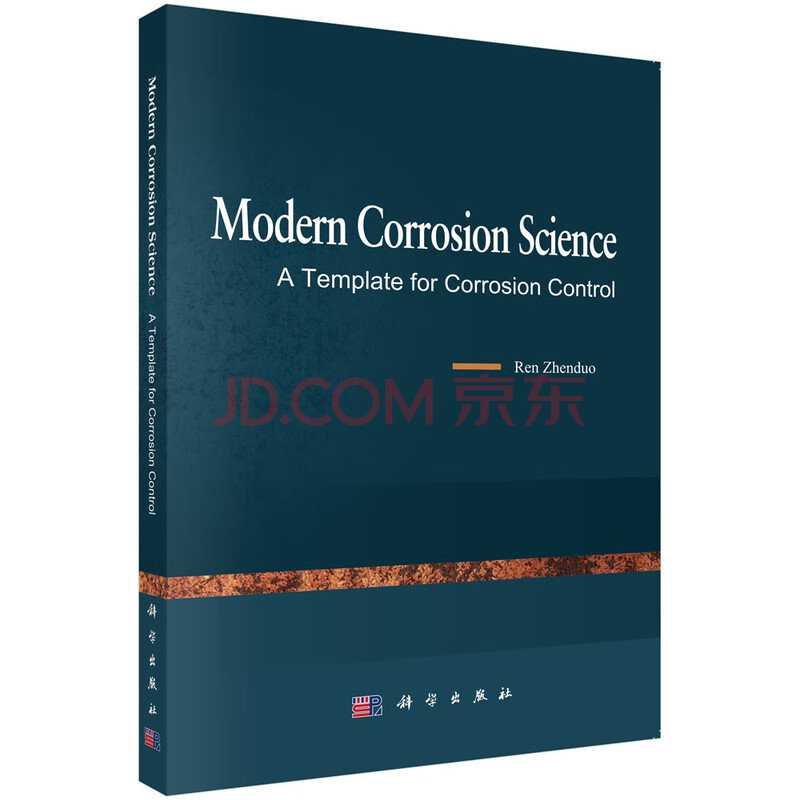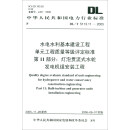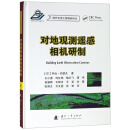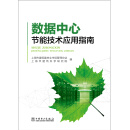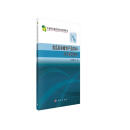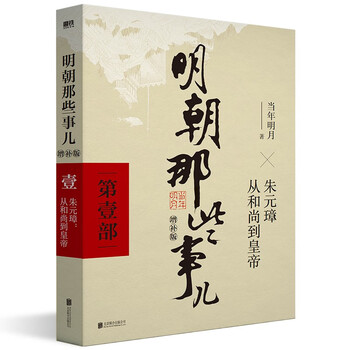内容简介
《Modern Corrosion Science:A Template for Corrosion Control》围绕现代腐蚀学的基础知识的学习、掌握,通过对腐蚀、腐蚀造成的危害、溯源造成腐蚀的腐蚀源、腐蚀工程、腐蚀科学发展概况史、腐蚀控制模板、腐蚀控制模板的应用实例和智能化的现代化管理等相对*立、相互关系的认识、深刻解析下,揭示了现代腐蚀学,是一门特殊的,光彩夺目的,跨学科、跨行业、跨部门的,高度交叉综合的工程科技学说。是对各种物质的腐蚀现象、机理及其应用,进行专题、深入、全面、系统研究后,所做出的科学总结。腐蚀又是一项非常复杂的物理、化学过程,涉及化学、电化学、物理学、材料学、表面科学、工程力学、冶金学、生物学等多个学科,并随这些学科的发展而不断地发展前进。《Modern Corrosion Science:A Template for Corrosion Control》的核心旨在贯彻新质生产力、高质量发展的要求,实现从根本上全面控制腐蚀,*大、*佳减少腐蚀给人类社会造成的各种危害,杜绝或避免腐蚀可能造成各种人命关天、环境污染等重大事故的发生!
目录
Contents
Foreword Ⅰ i
Foreword Ⅱ iii
Foreword Ⅲ v
Foreword Ⅳ vii
Foreword Ⅴ xi
Preface xiii
Chapter Ⅰ Corrosion 1
1.1 The property or definition of corrosion 1
1.2 The universality of corrosion 1
1.3 The attributes of Corrosion 3
Chapter Ⅱ Hazards of Corrosion 5
2.1 Losses caused by corrosion to society 5
2.2 Corrosion brings safety and environmental protection hazards 6
2.3 The hazards of corrosion to corrosion industry professional 6
2.4 The views of Fontana, a renowned American professor and pioneer in international corrosion engineering 7
Chapter Ⅲ Tracing Root Cause of Corrosion 8
3.1 Overview 8
3.2 Technological factors 9
3.3 Non-technological factors 9
Chapter?Ⅳ Understanding of Corrosion Engineering 10
4.1 The concept and essence of engineering 10
4.2 Difference between engineering and science and technology 10
4.3 Characteristics of engineering 11
4.3.1 Integration 11
4.3.2 Dynamics 11
4.3.3 Multi-factors 12
4.3.4 Scope of factors required for engineering formation 12
4.4 Corrosion engineering 13
Chapter Ⅴ A Scientific Development Overview of Human Struggle Against Corrosion 16
5.1 Introduction 16
5.2 Three stages in the human struggle against corrosion 18
5.2.1 Stage I Entertain an angel unawares 18
5.2.2 Stage II The blind men and the elephant (1801 to the end of the 20th century) 23
5.2.3 Stage III (early 21st century to present) 54
Chapter Ⅵ The Template for Corrosion Control 64
6.1 Background of the formation of modern corrosion science: A template for corrosion control 64
6.2 Corrosion control template 66
6.2.1 Objectives 66
6.2.2 Two engineering projects 67
6.2.3 Effectiveness evaluation 67
6.2.4 Two major results 67
6.3 Design of corrosion engineering for specific corrosion works or projects based on the corrosion control template 68
Chapter Ⅶ Example of the Application of the Template for Corrosion Control 69
7.1 Cathodic protection system design 69
7.1.1 Corrosion source 69
7.1.2 Protection area 70
7.1.3 Cathodic protection parameter 70
7.1.4 Measures taken 70
7.2 Operation and maintenance 72
7.2.1 Management system 72
7.2.2 Operation and maintenance data of past years 72
7.2.3 Buried test piece data 72
7.2.4 Validation of effectiveness 73
7.3 Intelligent 74
7.4 Conclusion 74
Chapter Ⅷ Realization of Intelligent Modern Management 76
8.1 Intelligent modernization management 76
8.2 System integration industry elements 76
8.2.1 System integration industry introduction 76
8.2.2 Large-scale integrated computer network system 76
8.2.3 Goals to be achieved by system integration 76
8.2.4 System integration vendors’ understanding of system integration concepts 77
8.2.5 Five elements of system integration 77
8.2.6 Significant features of system integration 78
8.2.7 Development direction of system integration 79
8.2.8 Classification of system integration 79
8.2.9 Overall system integration 81
8.3 Separate full integration of “spear” and “shield” of the two major engineering systems 82
8.4 Full integration of intelligent system 82
Attachment Keynote Reports of the Eight Annual Meetings of ISO/TC156/SC1 87
Attachment 1 ISO/TC156/SC1 1st Annual Meeting Secretariat Report 87
Attachment 2 ISO/TC156/SC1 2nd Annual Meeting Secretariat Report 94
Attachment 3 ISO/TC156/SC1 3rd Annual Meeting Secretariat Report 101
Attachment 4 ISO/TC156/SC1 4th Annual Meeting Secretariat Report 109
Attachment 5 ISO/TC156/SC1 5th Annual Meeting Secretariat Report 117
Attachment 6 ISO/TC156/SC1 6th Annual Meeting Secretariat Report 141
Attachment 7 Excerpts from the ISO/TC156/SC1 7th Annual Meeting
Secretariat Report 156
Attachment 8 Excerpts from the ISO/TC156/SC1 8th Annual Meeting Secretariat Report 194
References 212
Afterword Ⅰ 213
Afterword Ⅱ 217
Afterword Ⅲ 218
Afterword Ⅳ 221
Afterword Ⅴ 224
Afterword Ⅵ 226
试读
Chapter Ⅰ Corrosion
1.1 The property or definition of corrosion
Corrosion is the process by which a natural entity interacts with its corresponding environment, causing changes of varying degrees in its original properties. This change process is spontaneous, hidden, gradual, continuous, non-linear, complex, and cumulative. It will cause catastrophic damage to mankind, and even cause major accidents like Japan’s Fukushima nuclear accident and China’s “11 22” pipeline explosion, which have shocked the world. It is completely different from overt engineering that is typically formed by a visible and tangible process of natural or artificial or composite integration and assembly, involving numerous related factors. Therefore, corrosion is an extremely unique and great engineering. Its uniqueness from the positioning is marked and determined by the attributes of its natural formation process. Its greatness arises from the catastrophic destruction can cause to humanity through its natural formation process, which may even lead to the aforementioned severe consequences! Greatness is embedded in the ordinary, so can it not be considered a great engineering when such significant accidents are caused by corrosion which is regarded as an insignificant and commonplace issue
1.2 The universality of corrosion
Corrosion permeates the entire world, in the sky and beneath the earth’s surface, on land and underwater; metals and non-metals. This includes biological and atmospheric corrosion of spacecraft, as well as seawater corrosion of ships and aircraft carriers, and much more. It is ubiquitous, penetrating everywhere, and present at all times! Corrosion exists in all spaces and environments where humans live, work, and produce. There is no place untouched by corrosion. Wherever there is corrosion, there must be corresponding substances that undergo corrosion; corrosion exists, arises, and ceases in reliance on any substance. Corrosion can’t exist independently. Examples include industries, national defense, infrastructure such as highways, railways, bridges, oil and gas pipelines, urban underground utilities, ports, dams, aerospace bases, and important buildings. In our daily lives, we encounter rusted iron nails on old wooden planks, rusty iron fences, corroded tin can lids, rusted steel reinforcement, corroded ship equipment, yellow water flowing from corroded water pipes, corroded oil and gas pipelines, and corroded hot water pipes. Other instances are the patina on bronze sculptures at the Dayan Pagoda Square, the tarnishing of the Terracotta Army and Horses and Chariots of the First Qin Emperor, discoloration of silver jewelry, hardening and brittleness of plastics, aging of rubber tires, yellowing and brittleness of ancient paper, decomposition of silk, decaying wood, fading and peeling of paint, decayed teeth, weathering of stones, and so forth, all fall into the category of corrosion. Sites like the Longmen Grottoes, Yungang Grottoes, Mogao Caves, the Iron Lion of Cangzhou, the Great Buddha of Leshan, the Mawangdui Tomb in Changsha, the Dingling Mausoleum in Beijing, and the Qin Mausoleum in Xi’an are all closely related to corrosion. Corrosion is the root of evil. Regarding this, humanity is still far from having a comprehensive and fundamental understanding of corrosion. Our efforts are just limited to localized, singular, and traditional “one-substance-controls-another” approaches for research, development, and control of certain corrosion phenomena and issues in the economy and industry. Therefore, it is crucial to have a comprehensive and complete recognition of the ubiquitous nature of corrosion, identifying it accurately, clearly, and comprehensively, ensuring no aspect is overlooked. This is an extremely important key issue in fundamentally and comprehensively solving the problem of corrosion. (This precisely addresses the purpose of establishing the International Corrosion Museum: to educate, promote, facilitate learning and exchange, and raise public awareness of corrosion as an extremely unique and great engineering. The corrosion process is not only invisible and intangible but also gradual, continuous, and nonlinear, making it extremely difficult to control—like the saying goes, “It’s easy to dodge a bullet but hard to avoid a hidden arrow”, illustrating the challenges involved in implementing corrosion control measures.)
1.3 The attributes of Corrosion
(1) Spontaneity
“Corrosion” is a naturally occurring phenomenon in the world since ancient times, existing independently of human influence. When a new entity emerges, it is accompanied by corrosion throughout its growth, development, and eventual demise. The corrosion naturally forms at corresponding stages, lurking within the different phases of the newborn entity and consuming its emergence, growth, and development, until finally disappearing alongside it. Therefore, corrosion is dependent on the emergence, exist

